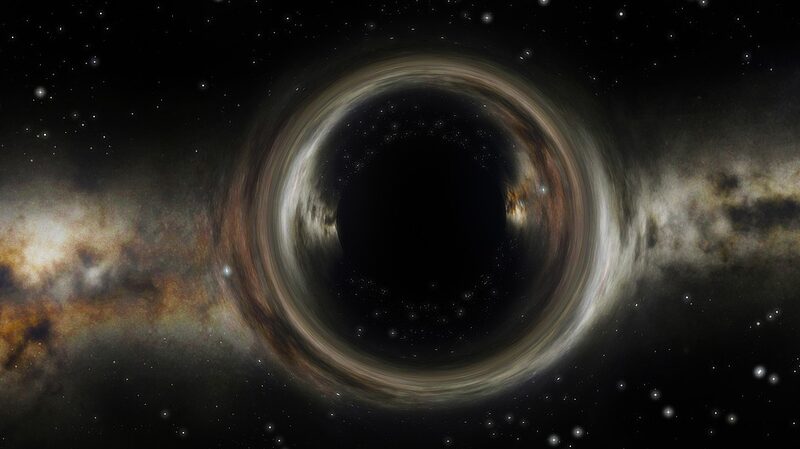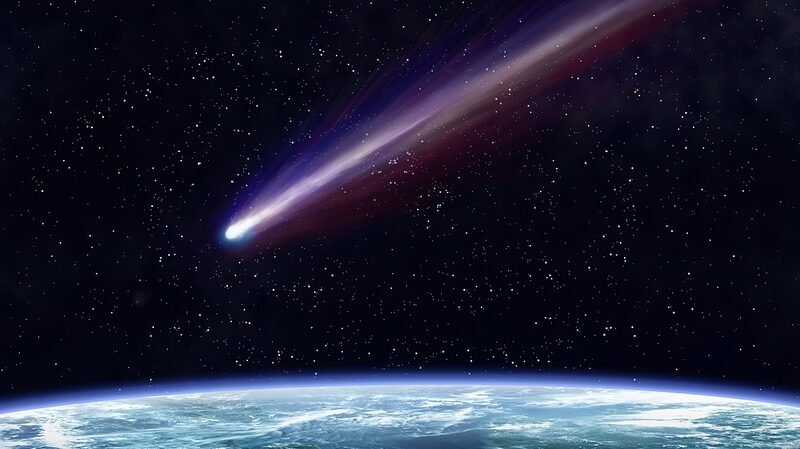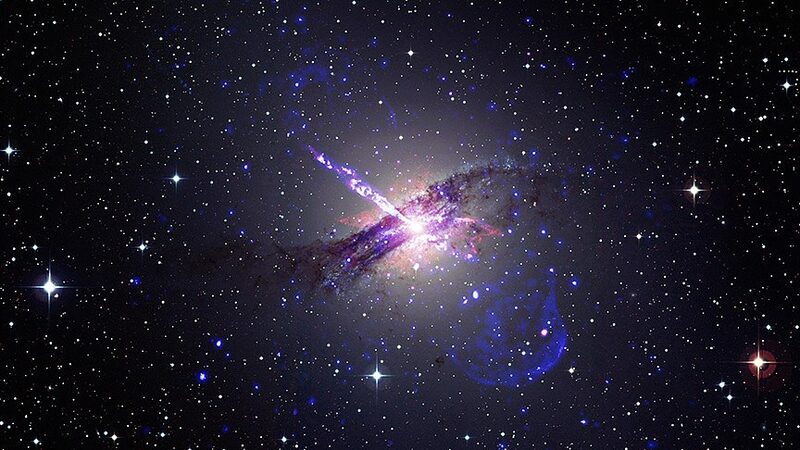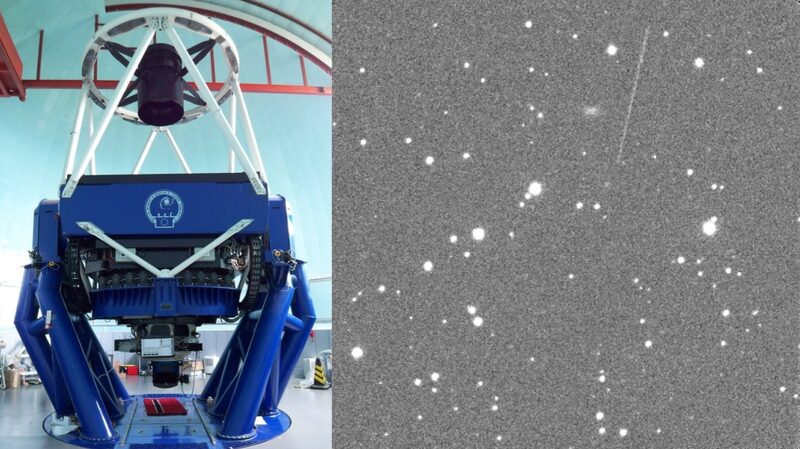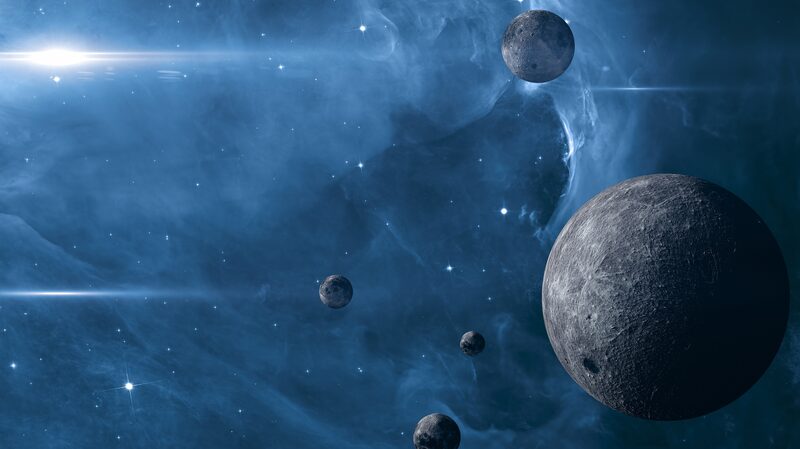Chinese astronomers have made a groundbreaking discovery by identifying a runaway star ejected from the M15 globular cluster, providing strong evidence for the existence of intermediate-mass black holes (IMBHs). This finding bridges a crucial gap in our understanding of black hole evolution.
The research was spearheaded by the Chinese Academy of Sciences' National Astronomical Observatories (NAOC) in collaboration with multiple institutions. The study, which serves as the cover story in the National Science Review journal, highlights the significance of IMBHs as the missing link between stellar-mass black holes and supermassive black holes found at the centers of large galaxies.
Associate Professor Huang Yang of NAOC and the University of the Chinese Academy of Sciences explained that IMBHs are essential for comprehending how seed black holes evolve into supermassive ones. Until now, only a few controversial candidates for IMBHs had been identified, leaving their existence a debated topic in astrophysics.
The team analyzed data from the European Space Agency's Gaia spacecraft, China's Large Sky Area Multi-Object Fiber Spectroscopic Telescope (LAMOST), and other large-scale spectroscopic surveys. They discovered that the high-velocity runaway star, J0731+3717, was ejected from M15 approximately 20 million years ago at nearly 550 kilometers per second. The star's chemical composition and age closely match those of M15, reinforcing the connection to an IMBH.
Previous observations suggested that the center of M15 might harbor an IMBH weighing between 1,700 to 3,200 solar masses. However, uncertainties remained as the observed gravitational signals could also originate from dense clusters of neutron stars. The extreme velocity of J0731+3717 effectively resolves this debate by supporting the presence of an IMBH.
Huang Yang stated, \"Such a high-speed ejection requires a tight binary star to pass within one astronomical unit of an IMBH. The black hole's tidal forces would rip the binary apart, capturing one star and hurling the other outward.\" This process, known as the Hills mechanism, indicates that thousands of solar masses are confined within a region just a few astronomical units wide, ruling out alternative explanations like clustered compact stars.
Zhang Huawei, director of the Department of Astronomy at Peking University's School of Physics and co-lead author of the study, added, \"With the continuous accumulation of data from Gaia and large-scale spectroscopic surveys, such as those of LAMOST, we expect to discover several more stars like J0731+3717 in the near future, which will greatly advance our understanding of the elusive IMBHs.\"
Reference(s):
Chinese scientists find proof of intermediate-mass black holes
cgtn.com
